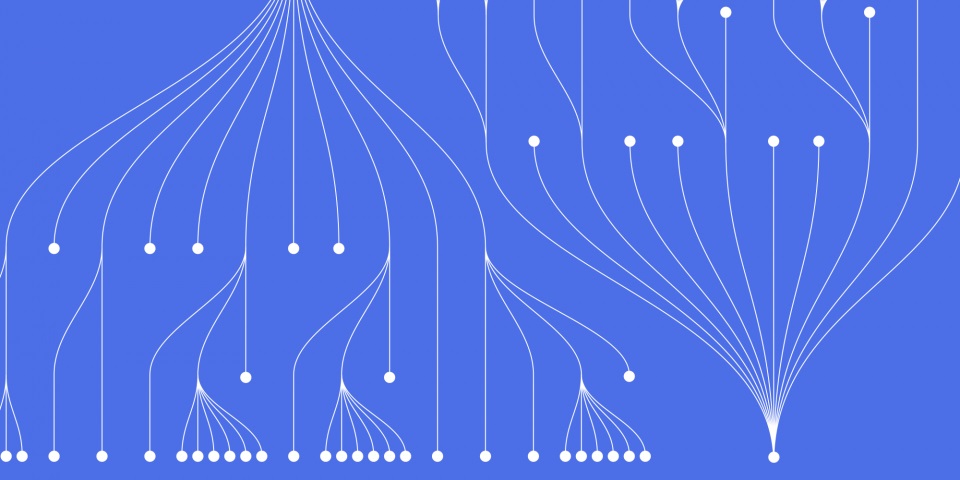
14 August 2023
Learning Python is an investment that pays off in the form of new career opportunities, easier data analysis, and levelling up your programming skills. But how long does it take to learn Python for data analysis? The learning curve depends on your previous coding experience.
Below we'll explore the various skills and knowledge that you will need. The easiest and quickest way to start you journey is too take a course in Python data analyst training.
Python has become one of the most popular languages for data analysis thanks to its versatility and ease of use. Its concise and readable syntax allows coders to implement complex functionality in fewer lines of code than Java or C++. Python comes packed with libraries geared specifically for data manipulation tasks. The Python data analysis ecosystem provides all the tools needed for statistical analysis and modelling.
Data analysts who learn Python expand their capabilities. Python's flexibility means it can handle anything from cleaning data to visualizing results. Python is a general-purpose language well suited for end-to-end data analysis. Learning Python also qualifies data professionals for the many jobs requesting Python skills.
So how long should you budget to pick up Python data analysis basics? The hands-on experience needed depends partially on your starting point.
Some exposure to programming helps learning Python go faster. Familiarity with coding logic and syntax allows you to focus less on basics. Prior Python or R experience is ideal. But programmers from other languages like C, Java, JavaScript, SQL, or MATLAB can also pick up Python fairly quickly.
You should understand key concepts like:
Comfort using a computer is also essential. You should be able to install software and navigate through folders and files. No need to be a technical wizard, but some tech savvy helps.
With core programming concepts down, you can accelerator your Python learning.
The first step is getting comfortable with Python's syntax rules. This includes elements like:
if, elsefor and whileThis fundamental syntax may take 3 to 5 days to master depending on previous coding experience. You should be able to write basic scripts solving simple problems or implementing algorithms at this stage.
Once familiar with Python basics, the next phase is learning key data analysis libraries:
Plan for 5 to 10 days learning these core libraries. You'll be able to load datasets, manipulate data, and generate basic charts. These skills establish the foundation for practical data analysis.
You now have the tools to start performing end-to-end data analysis in Python:
Tackling case studies and real-world datasets helps cement these applied skills. Plan for 7 to 14 days getting comfortable with core data manipulation and analysis tasks. You'll gain confidence in your new Python abilities by successfully processing, modelling, and visualizing sample data.
After covering Python basics, libraries, and core tasks, it's time to integrate your skills through projects. Using Python to solve business problems with actual data takes your learning to the next level.
Dedicate 10 to 14 days to build portfolio projects demonstrating end-to-end proficiency. Identify relevant datasets to perform tasks like:
These projects prove you can apply Python to deliver data-driven business insights. Use version control via Git to showcase your work on GitHub.
In addition to Python syntax and libraries, you should learn vital practices that make code more robust:
Continuously refining skills through reading, online courses, and practice helps avoid stagnation. Solidify your Python data analysis abilities through repeated use.
Based on the phases outlined above, here is a breakdown of a typical timeline to learn Python for data analysis:
This adds up to approximately 25 to 40 days to go from basics to completing practical data projects. Some may progress faster or slower based on prior coding experience. Consistent practice is key.
Once the initial learning phase is complete, there are several recommendations for expanding your capabilities:
Learning the basics allows you to pursue Python mastery. Continuous skill-building through practice leads to data analysis proficiency.
Python offers an immense amount of depth and capabilities for data professionals. While 25-40 days is enough to pick up the fundamentals, there are always new Python libraries and tools to master. View Python expertise as an ongoing journey instead of a single destination.
The payoff for learning Python is immense in terms of career options, programming proficiency, and analytical capabilities. Invest several weeks in getting started with Python for data analysis and enjoy the benefits for years to come.
Check out our previous article on this same topic How do I learn data analysis with Python? you may also be interested in reading our article on Is Python useful for corporate finance?

CONTACT
+44 (0)20 8446 7555
Copyright © 2025 JBI Training. All Rights Reserved.
JB International Training Ltd - Company Registration Number: 08458005
Registered Address: Wohl Enterprise Hub, 2B Redbourne Avenue, London, N3 2BS
Modern Slavery Statement & Corporate Policies | Terms & Conditions | Contact Us
POPULAR
AI training courses CoPilot training course
Threat modelling training course Python for data analysts training course
Power BI training course Machine Learning training course
Spring Boot Microservices training course Terraform training course